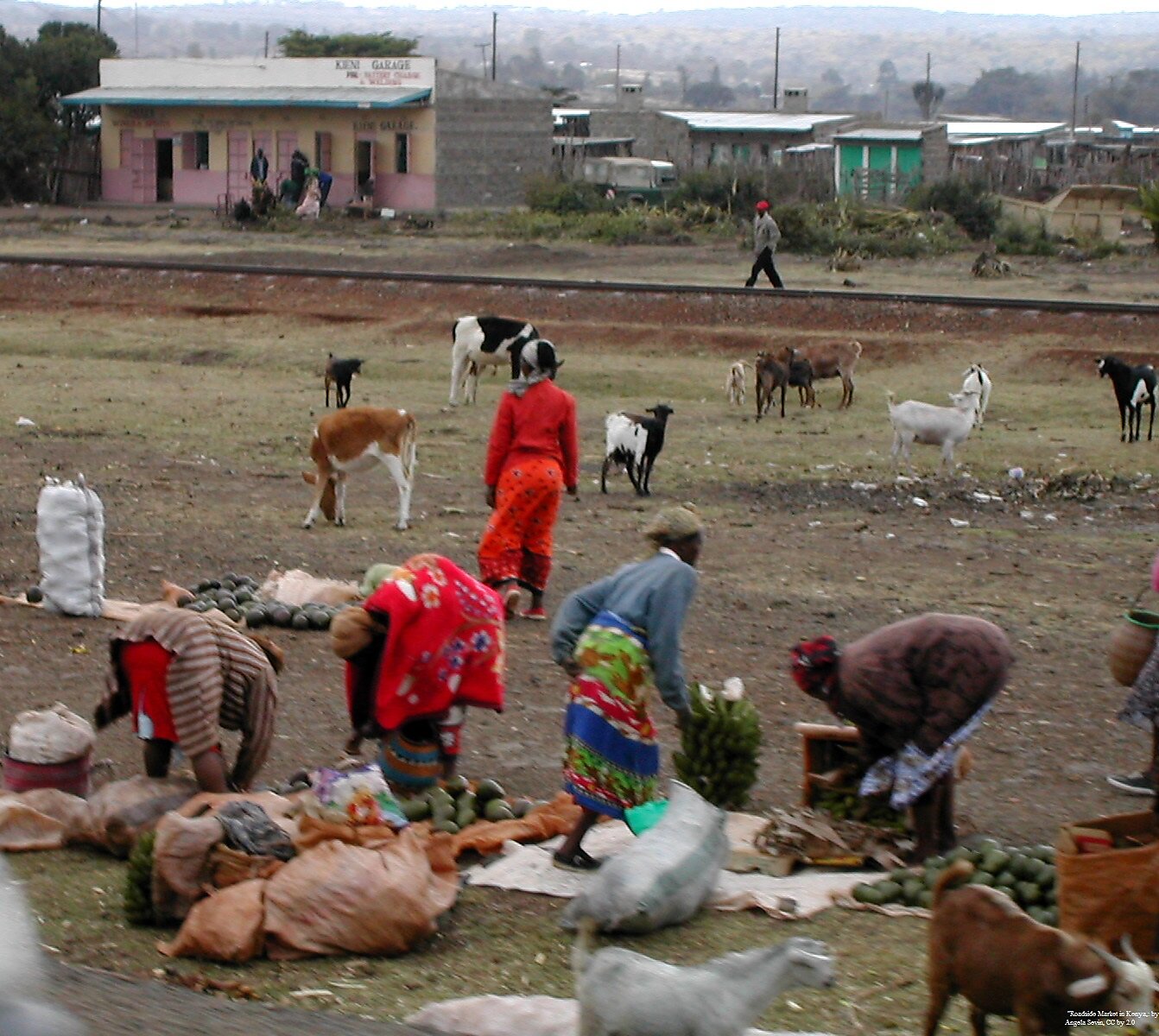Financial innovations like mobile money have gained fame for transforming commerce in the developing world. But they’re also helping the poor escape poverty.
In an earlier post, I showed how over the past few years M‑PESA and other kinds of “mobile money” have made sending money across the world as easy as sending a text message, while also facilitating commerce and financial inclusion in developing nations around the world. It’s only recently, though, that experts have tried to quantify how these products have benefited the poor.
In their recent study “The long-run poverty and gender impacts of mobile money,” Tavneet Suri and William Jack assess mobile money’s contribution to poverty alleviation in Kenya, the country where the “mobile money revolution” began. Since M‑PESA was introduced in March 2007, mobile money has become Kenya’s most popular payments medium. More than 95 percent of businesses and 96 percent of Kenyan households rely on it for their daily transactions. Complementary products like the interest-earning mobile banking service M‑Shwari and retail payment platform Lipa na M‑PESA have only added to its popularity.
From surveys they conducted between 2008 and 2014, Suri and Jack find that M‑PESA has lifted 194,000 Kenyan households—about 2 percent of them—out of poverty. It has done so, they conclude, mainly by making it easier for the poor to protect themselves against negative shocks to their wealth and income stemming from events such as bad harvests and general economic downturns. This enables poor citizens to enjoy a more stable and predictable flow of income and therefore have a smoother pattern of spending over time. It has also given poor families access to safe, interest-earning savings accounts. Suri and Jack also show that those parts of Kenya that have had better access to mobile money “agents” (mini-bank branches that enable M‑PESA customers to deposit and withdraw cash in exchange for mobile money) enjoyed the greatest benefits because they were able to enjoy a steadier flow of income from remittances and make more purchases.
M‑PESA has also helped Kenyans by improving the efficiency of Kenya’s labor market. Now that they’re able to cheaply and reliably “send money home” (Safaricom’s initial slogan for M‑PESA), workers from Kenya’s countryside have been able to pursue higher paying jobs in Nairobi and other urban hubs. The steadier stream of remittance payments from city to countryside has in turn allowed more rural families to pay the tuition required to send their children to school. Mobile banking services like M‑Shwari that are connected to M‑PESA have also given millions of Kenyans access to affordable credit so that they can more easily start their own businesses. These developments have helped spark the recent wave of digital entrepreneurship that has helped earn Kenya the nickname of the “Silicon Savannah.”
One of Suri and Jack’s most interesting findings is that mobile money has been particularly beneficial for Kenyan women. Because of mobile money, 185,000 women have been able to switch from subsistence farming to paying jobs. M‑PESA has also granted millions of women who have never been able to open a formal bank account access to a secure way to save money without fear of having it confiscated by marauding thieves or conniving spouses.
The fact that these financial innovations have had such a positive effect on the Kenyan economy should come as no surprise to anybody who is familiar with the extensive research discussing how financial development contributes to economic development. In fact, many of the channels these scholars have outlined are the same that Suri and Jack identify in their research, namely the increased efficiency of consumption and investment, improved labor market efficiency, and the increased volume of savings and privately-issued credit financing small businesses and other entrepreneurial startups. This encouraging news from Kenya is a powerful demonstration of the claim that “finance matters.”
Although Sari and Jack’s findings are certainly encouraging, the benefits of the digital financial revolution are not being felt equally across the developing world. In my own look into the most effective ways to encourage entrepreneurial innovations like mobile money, I find that such innovations are most likely to thrive where regulators take a “light touch” regulatory approach. That is, they do not stifle financial innovations at the outset by subjecting them to costly regulations such as know-your-customer and anti-money laundering (KYC-AML) requirements, precluding competitors from entering the market, or limiting the types of services that banks can offer their mobile clients. Indeed, the vast majority of mobile money accounts in the developing world are located in these “enabling” regulatory environments that have removed burdensome regulations, invited competition and created an environment of “permissionless innovation.” Finance matters, but countries can only enjoy the full benefits of financial development if their politicians get out of the way of financial progress and innovation by removing regulations and embracing a policy of financial liberalization.
To the extent they’ve been allowed, the benefits of these new technologies have been particularly notable in countries like India, Zimbabwe, and Venezuela that have recently suffered from cash shortages and various political and economic crises. By making it easier for citizens to store their wealth digitally instead of in paper currency and open mobile savings accounts denominated in foreign currencies, mobile money technology has shown enormous potential to place the sort of competitive pressures on government-issued currencies that might compel them to rein in their bad behavior.
Moving forward, policymakers should be encouraged to adopt these enabling policies that invite competing firms to offer innovative new products with a substantially lighter regulatory burden. In countries where politicians are less receptive to allowing financial innovations in the first place, entrepreneurs will have to craft ways for individuals to circumvent the existing government restrictions.
No matter the case, the evidence so far concerning Kenya’s mobile money revolution supplies powerful ammunition to those who believe that, so long as governments don’t stand in their way, market-based financial innovations can play an important role in combating world poverty.


